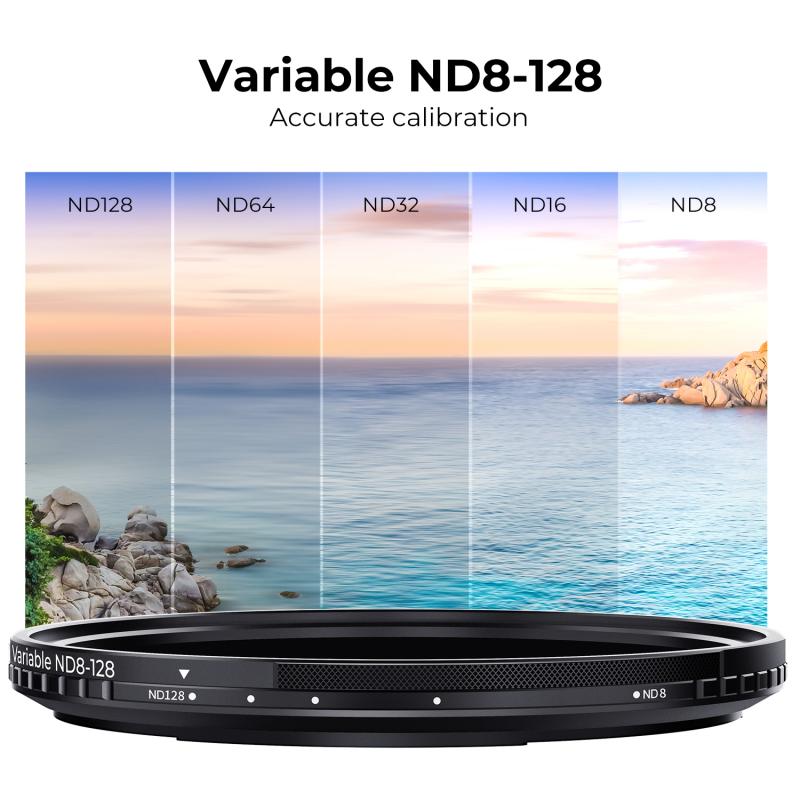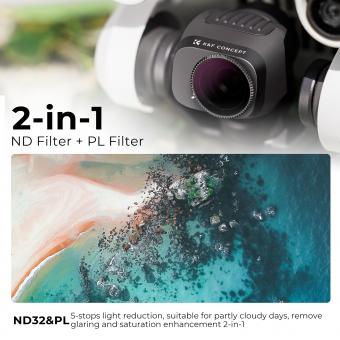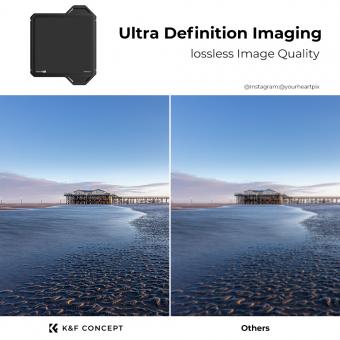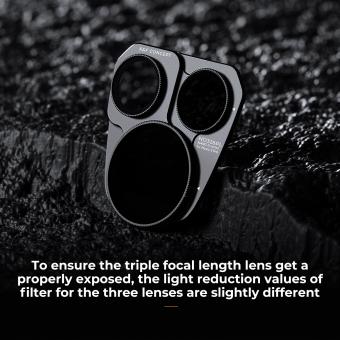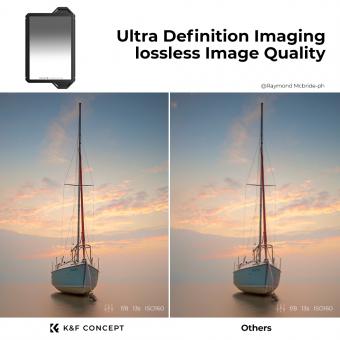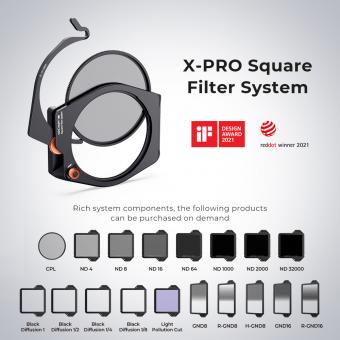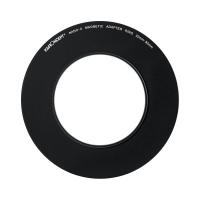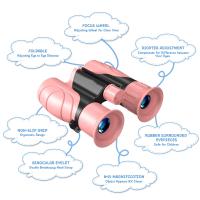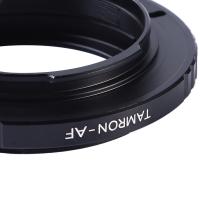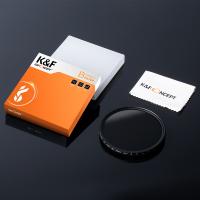Nd 4 Filter How Mny Stops ?
The number of stops in a filter depends on its strength and purpose. Filters are commonly used in photography to control the amount of light entering the camera lens. The number of stops indicates the amount of light that is blocked or allowed through the filter. For example, a 1-stop filter reduces the amount of light by half, a 2-stop filter reduces it by a quarter, and so on. The specific number of stops can vary depending on the filter's design and intended use.
1、 Filter Density: Measuring the light-blocking capability of a filter.
Filter density refers to the measurement of a filter's light-blocking capability. It is commonly expressed in terms of stops, which indicate the reduction in light transmission through the filter. The higher the filter density, the more stops of light it blocks.
A filter's density is determined by its material and construction. Filters are made from various materials such as glass, resin, or gelatin, and they can be coated with different substances to enhance their light-blocking properties. The density of a filter is typically indicated by a number, such as 1, 2, 3, or 4 stops.
The number of stops a filter provides determines the amount of light that is allowed to pass through to the camera sensor or film. For example, a filter with a density of 1 stop will reduce the amount of light by one stop, resulting in a halving of the exposure. Similarly, a filter with a density of 4 stops will block four times the amount of light, resulting in a significant reduction in exposure.
Filter density is an important consideration for photographers and cinematographers, as it allows them to control the amount of light entering the camera. This can be particularly useful in situations where the available light is too bright, such as when shooting in direct sunlight or capturing long-exposure images. By using filters with different densities, photographers can achieve the desired exposure and creative effects.
In recent years, advancements in filter technology have led to the development of filters with higher densities. These filters can block even more light, allowing photographers to capture images in extremely bright conditions or achieve long-exposure effects in daylight. Additionally, manufacturers have introduced variable density filters, which allow photographers to adjust the filter density by rotating the filter ring, providing greater flexibility in controlling exposure.
In conclusion, filter density is a crucial aspect of photography and cinematography, enabling photographers to control the amount of light entering the camera. The number of stops a filter provides determines its density, with higher numbers indicating greater light-blocking capability. With advancements in filter technology, photographers now have access to filters with higher densities and variable density options, providing them with more creative control over their images.

2、 Stops: Understanding the concept of stops in photography.
Stops: Understanding the concept of stops in photography.
In photography, stops refer to the increments of exposure that can be adjusted to control the amount of light entering the camera. It is a fundamental concept that plays a crucial role in achieving the desired exposure and creative effects in an image.
A stop is essentially a doubling or halving of the amount of light. When we increase the exposure by one stop, we are doubling the amount of light entering the camera, resulting in a brighter image. Conversely, when we decrease the exposure by one stop, we are halving the amount of light, resulting in a darker image.
Understanding stops is essential for various aspects of photography. It allows photographers to control the exposure triangle, which consists of aperture, shutter speed, and ISO. By adjusting these settings in stops, photographers can achieve the desired exposure while maintaining the desired depth of field, motion blur, and noise levels.
Additionally, stops are also crucial when using neutral density (ND) filters. ND filters are used to reduce the amount of light entering the camera, allowing for longer exposures or wider apertures in bright conditions. The number associated with an ND filter indicates the number of stops it reduces the light by. For example, an ND 4 filter reduces the light by four stops.
Understanding stops can also help photographers in situations where they need to balance the exposure between different parts of an image. For instance, when shooting a landscape with a bright sky and a darker foreground, using exposure bracketing in stops can help capture the details in both areas and later merge them in post-processing.
In conclusion, stops are a fundamental concept in photography that allows photographers to control exposure, achieve creative effects, and balance exposure in challenging lighting conditions. It is essential to understand stops to make informed decisions about exposure settings and utilize tools like ND filters effectively.
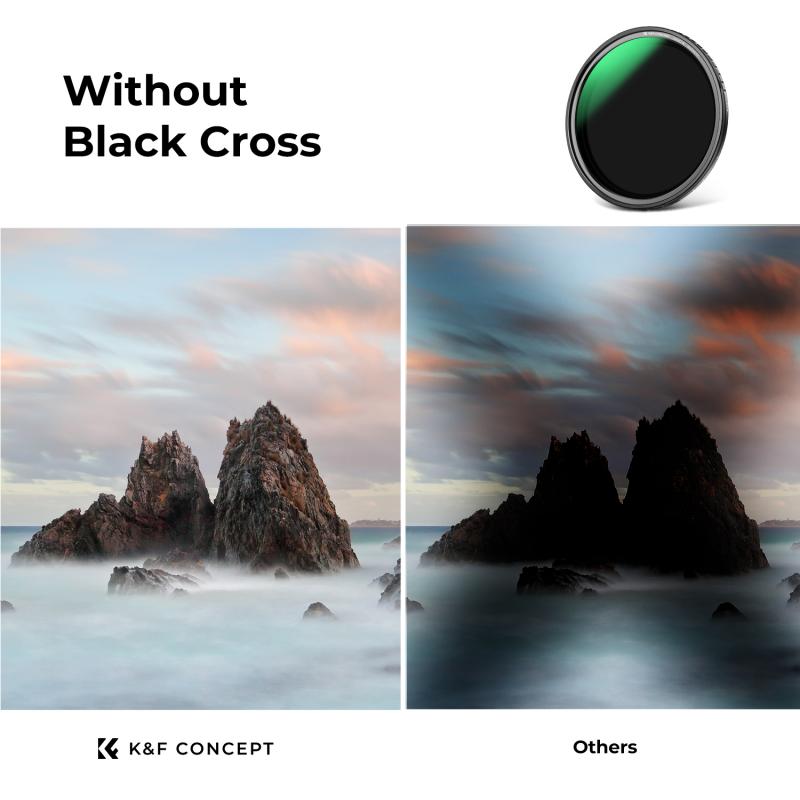
3、 Filter Types: Exploring different types of filters and their uses.
Filter Types: Exploring different types of filters and their uses.
Filters are essential tools for photographers and videographers to enhance their images and videos. They come in various types, each serving a specific purpose. Understanding the different filter types and their uses can greatly improve the quality of your work.
One common type of filter is the ND (Neutral Density) filter. ND filters are designed to reduce the amount of light entering the lens without affecting the color or contrast of the image. They are particularly useful in situations where there is too much light, such as when shooting in bright sunlight or capturing long exposures.
ND filters are available in different strengths, measured in stops. The number of stops indicates how much light the filter blocks. For example, a 2-stop ND filter reduces the light by two stops, allowing you to use slower shutter speeds or wider apertures in bright conditions. Similarly, a 4-stop ND filter blocks four stops of light, providing even more flexibility in controlling exposure.
The number of stops you choose depends on the specific shooting conditions and the effect you want to achieve. A 4-stop ND filter is commonly used for landscape photography to create motion blur in waterfalls or capture smooth, flowing clouds. It can also be useful for achieving shallow depth of field in bright conditions, allowing you to separate the subject from the background.
In recent years, advancements in filter technology have led to the development of variable ND filters. These filters allow you to adjust the amount of light reduction by rotating the filter, providing greater flexibility in controlling exposure. Variable ND filters are particularly popular among videographers who need to quickly adapt to changing lighting conditions.
In conclusion, ND filters are essential tools for photographers and videographers, allowing them to control exposure and achieve creative effects. Whether you choose a fixed or variable ND filter, understanding the number of stops and their uses can greatly enhance your photography and videography skills.
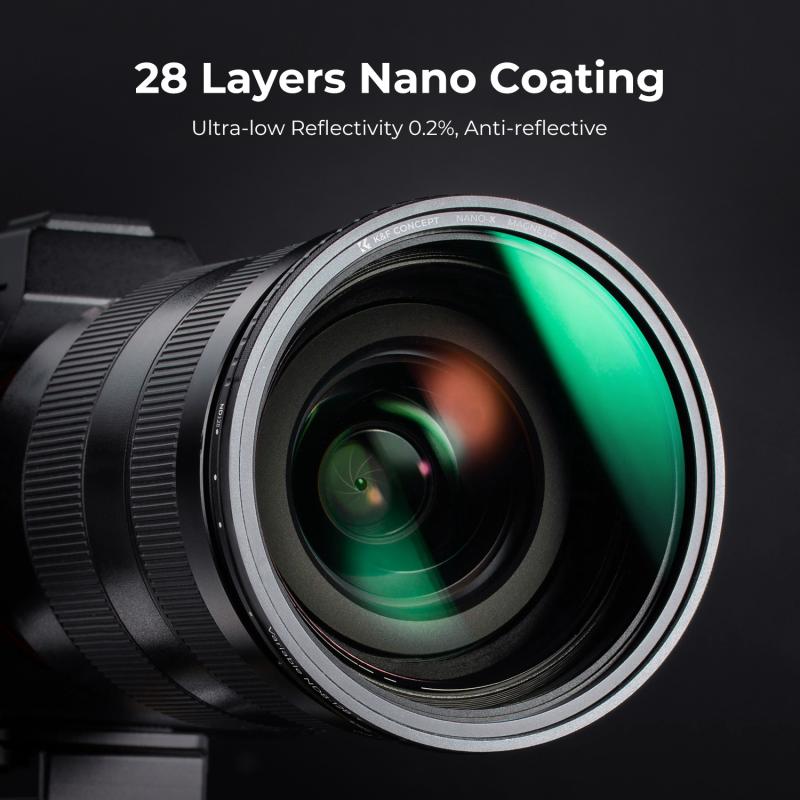
4、 Filter Factors: Determining the required exposure adjustments when using filters.
Filter Factors: Determining the required exposure adjustments when using filters
When using filters in photography, it is essential to understand the concept of filter factors and how they affect exposure. Filter factors determine the required exposure adjustments needed when using filters to achieve the desired effect.
A filter factor is a numerical value that represents the amount of light that a filter blocks or transmits. It is used to calculate the necessary exposure compensation to maintain proper exposure. The filter factor is typically expressed as a fraction or a number of stops.
For example, a neutral density (ND) filter with a filter factor of 4 means that it reduces the amount of light entering the camera by four stops. This means that you would need to increase the exposure by four stops to compensate for the light loss caused by the filter. So, if your initial exposure without the filter was 1/125s at f/8, you would need to adjust it to 1/15s at f/8 when using the ND filter.
Determining the filter factor for different filters can be done through experimentation or by referring to manufacturer specifications. However, it is important to note that the filter factor may vary depending on the brand and quality of the filter.
In recent years, advancements in technology have led to the development of variable ND filters, which allow for adjustable light reduction. These filters have gained popularity among photographers as they offer flexibility in controlling exposure without the need for multiple filters. Variable ND filters typically have a range of filter factors, such as 2-8 stops, allowing photographers to adjust the light reduction according to their specific requirements.
In conclusion, understanding filter factors is crucial for achieving accurate exposure when using filters in photography. Whether using traditional fixed ND filters or the more versatile variable ND filters, knowing the filter factor and making the necessary exposure adjustments will help photographers achieve the desired creative effects in their images.
